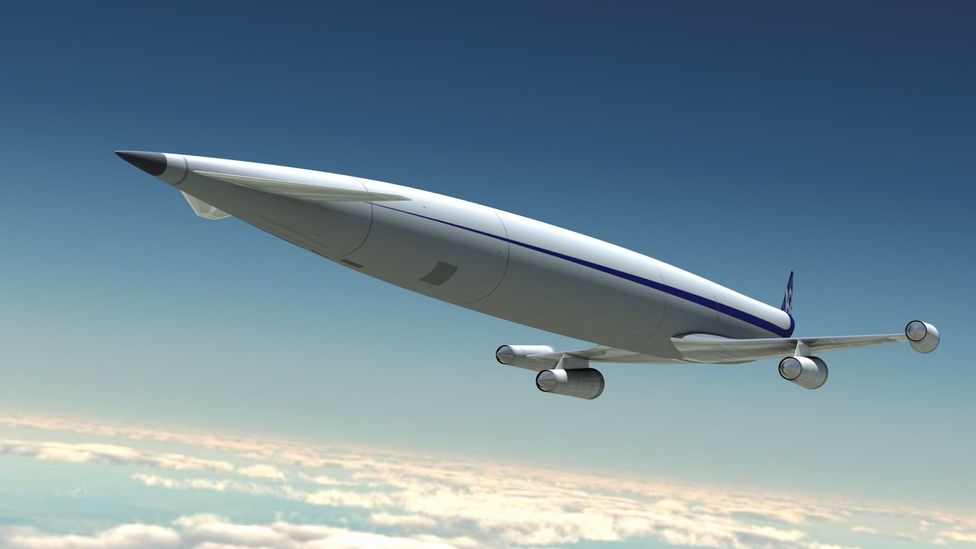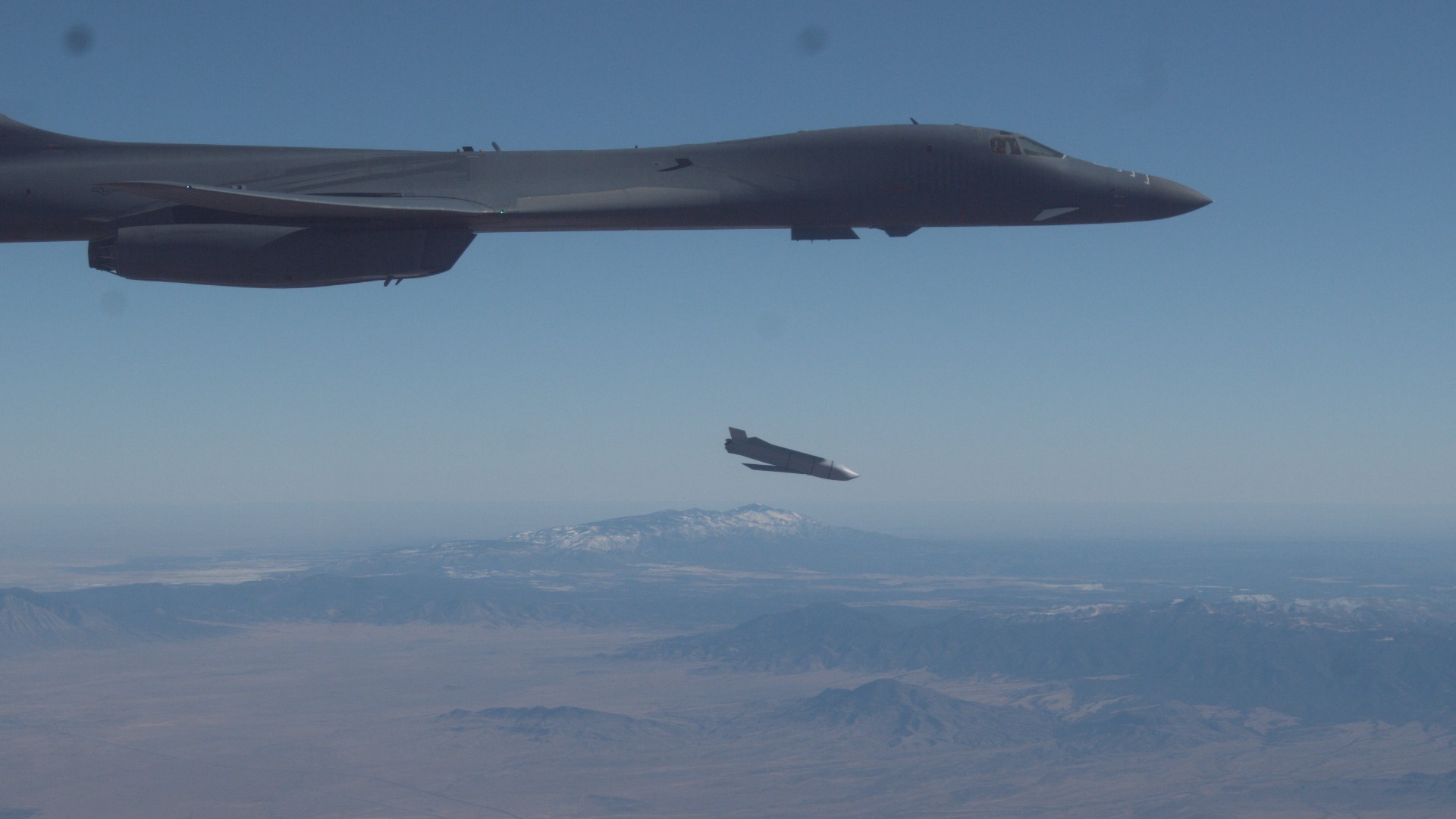

According to FAA sources, the body’s thinking is moving in much the same direction as Canada’s, recognising that pilots are accustomed to operating despite differences that come into play at a border. The US Federal Aviation Administration (FAA) is also warming to the idea.
HYPERSONIC 2 TEAM AIR UPDATE
Canada was due to present a formal Mag2True update during ICAO’s high-level conference in October 2021, and a presentation by the AHRTAG on True North is on the agenda of ICAO’s European PBN Task Force/Navigation Steering Group meeting in early December.Īssisting ICAO to overcome global inertia might work like this: one state – Canada – unilaterally files a difference from international heading reference standards, successfully transitions to True North within its entire airspace, and demonstrates that the new system works. The agency is hoping to be presented with “ready-made SARPS and implementation plans to move issues forward”. The conference agreed that a further study of Mag2True’s cost/benefit should go ahead. ICAO has shown great interest in Nav Canada’s “Mag2True” work, particularly since Canada presented a White Paper on the subject to its 13th Air Navigation Conference in 2018, seeking agreement and proposing adoption by 2030. The country’s air navigation service provider (ANSP), Nav Canada, working with the AHRTAG, has almost completed drawing up its concept of operations (CONOPS) for the switch. Across the industry, staff have the necessary skills and knowledge to make the move.Ĭanada is now actively concentrating on implementing the change: it already references True North in nearly half of its airspace because of its proximity to the (moving) surface location of the magnetic North pole.Īviators in the northern Canadian airspace have employed tried and tested procedures for both traditional radio navigation beacons and all types of performance-based navigation (PBN) systems.


Moving from Magnetic to True reference is no more challenging than, for example, the periodic task of re-orientating VHF omnidirectional radio range (VOR) and TACAN radio navigation beacons for local magnetic variation changes.
HYPERSONIC 2 TEAM AIR PLUS
It merely ensures the result is displayed as a magnetic value that is normally less accurate than the originally determined True heading.Īnd, if a future variation shift is sufficient to affect airport assets – like runway and taxiway signage and markings, plus instrument procedures, landing aids documentation, and FMS coding – at a major hub, the cost can top $20-30 million. The AHRTAG points out that updating aircraft declination look-up tables is a specialist and expensive maintenance activity that has no effect on the way an aircraft derives its directional information. The migration of the geographic magnetic poles has accelerated in recent years, adding to the relentless task of updating systems and distributing the associated flight information. The group includes representatives from several national aviation authorities (NAAs), major aircraft manufacturers, pilot associations, and also the commercial air navigation charting and aviation information provider Jeppesen. To work out how best to overcome this inertia, the IAIN set up a specialist working group, the Aviation Heading Reference Transition Action Group (AHRTAG), which has been meeting monthly since early 2021.Ī Canadian-led multinational team of navigation experts from Australia, France, the Netherlands, the UK and the USA, the AHRTAG is chaired by Anthony MacKay, Nav Canada’s director of operational safety. The International Association of Institutes of Navigation (IAIN), which has meticulously studied all the issues, comments: “The biggest single problem in trying to implement this change worldwide would be inertia – the large number of countries involved and the difficulty of finding the will to all change at once.”

With the ubiquitous use of GNSS, impressive capability of modern inertial reference systems, and the steady decommissioning worldwide of surface-based radio navigation aids, the decision to rely on the earth’s constantly changing magnetic field is increasingly hard to justify. Modern civil and military aircraft have the capability to fly to a True North reference at the push of a button: the flight management system (FMS) is designed to identify True North at start up, and when a magnetic reference is required it is computed from True by applying local magnetic variation via embedded look-up tables.
HYPERSONIC 2 TEAM AIR HOW TO
The debate about changing from Magnetic to True navigation is now moving towards how to change, and when, with March 2030 as the proposed date. Modern flightdeck equipment is well suited for shift to true navigation Decade of Airline Excellence Awards 2020.


 0 kommentar(er)
0 kommentar(er)
